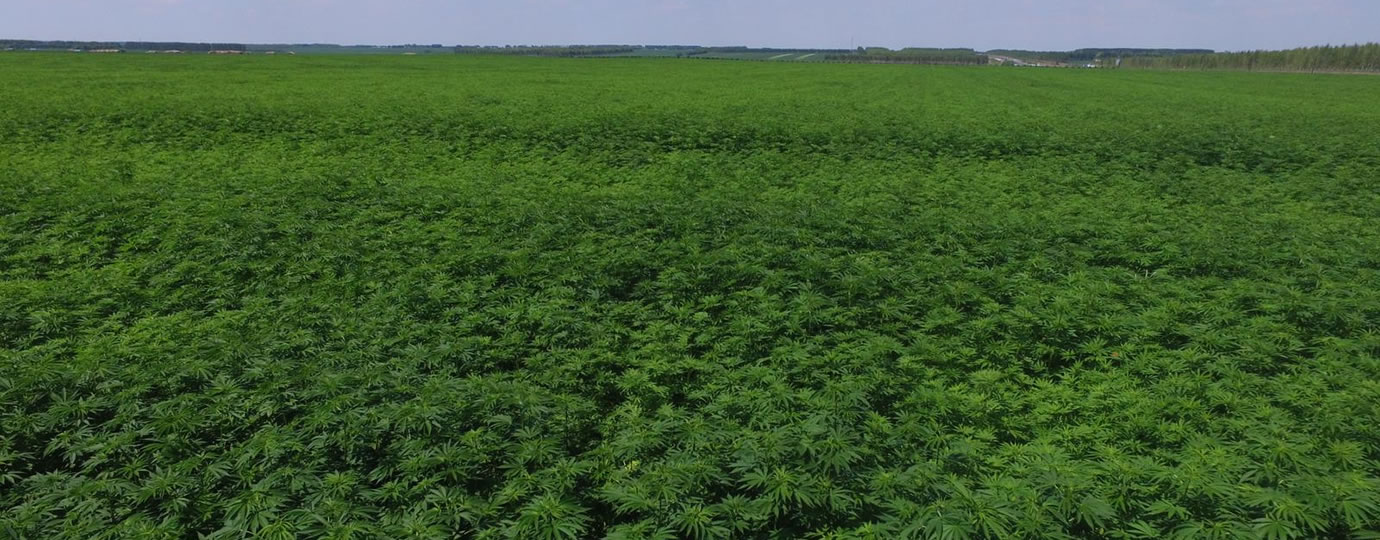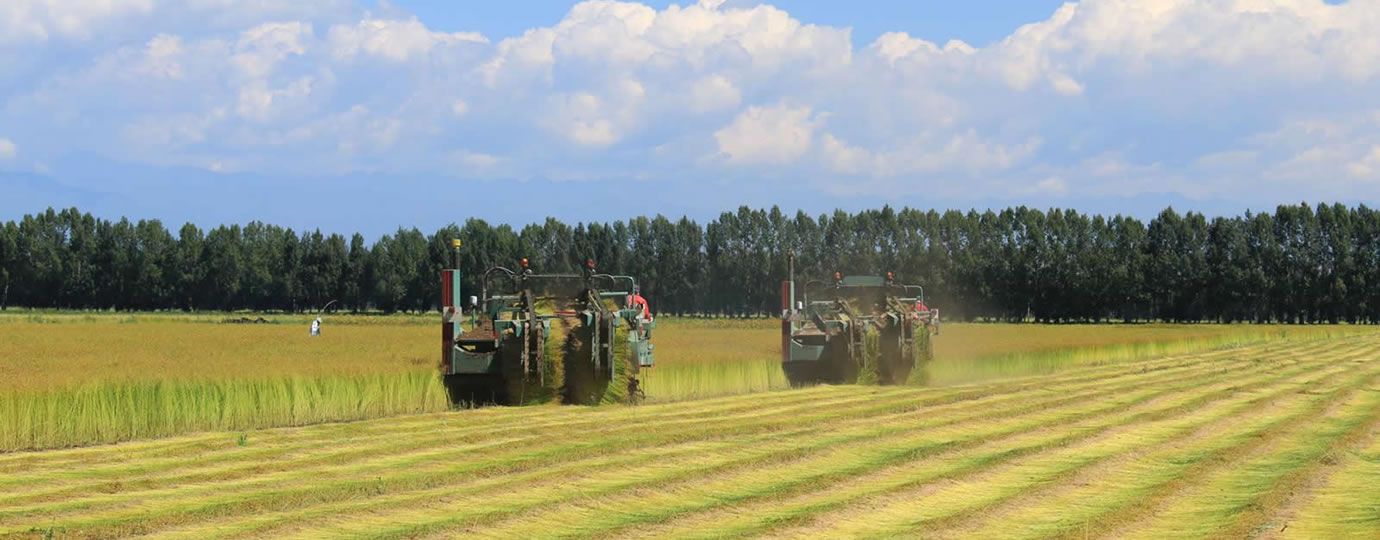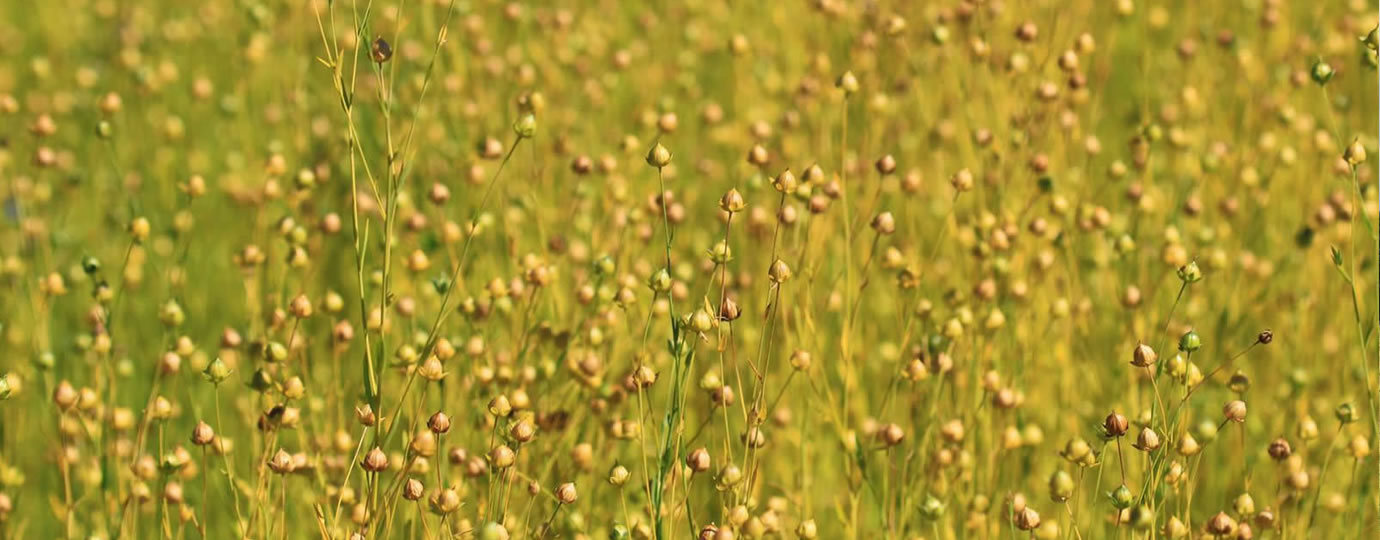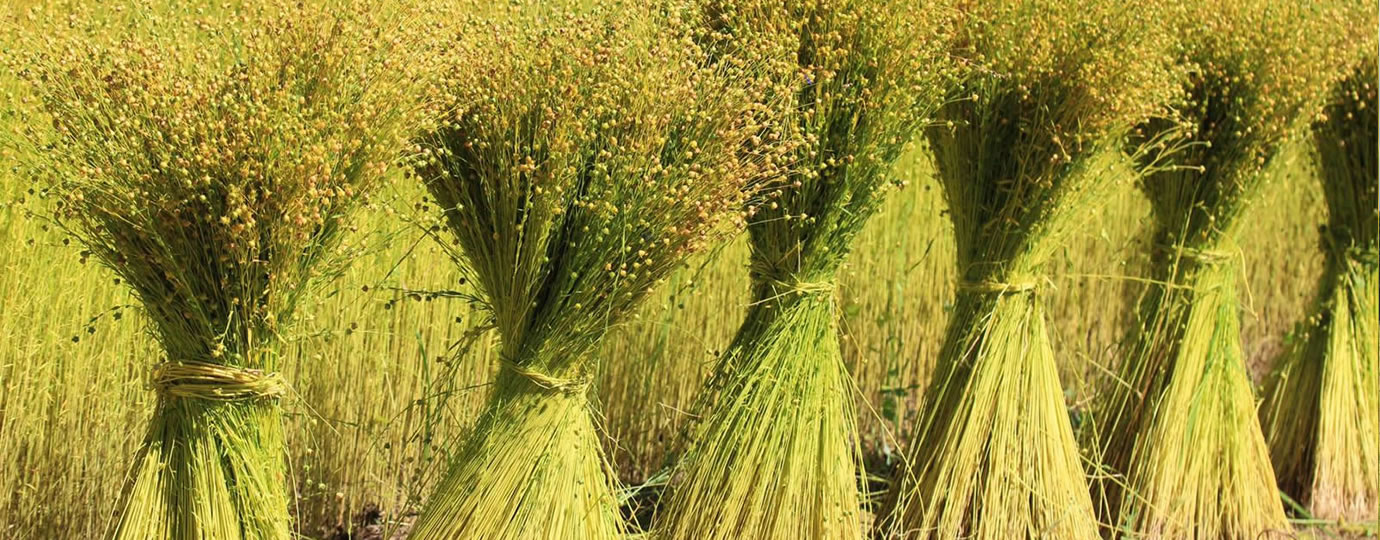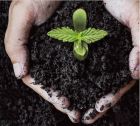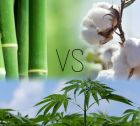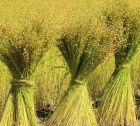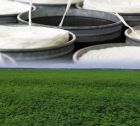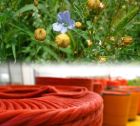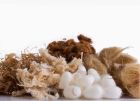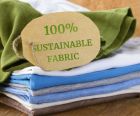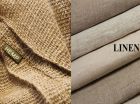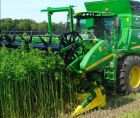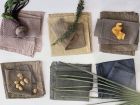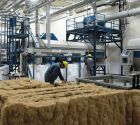BLOG
ADVANTAGES AND USAGE AREAS OF CULTIVATION OF HEMP
First of all, hemp production has the ability to grow in the field using 50% less water and chemicals than cotton. On an annual basis, 1 acre of hemp can produce as much fiber as 2 to 3 acres of cotton. In addition, hemp fiber is stronger and softer than cotton, lasts twice as long as cotton and does not mold.
SUSTAINABILITY IN THE TEXTILE INDUSTRY
In recent years, the diversity and decreasing prices in the clothing/fashion industry have drawn your attention. We all have 5 times more clothes in our wardrobe than our parents. This may make you feel good, but over time, problems
THE PLACE OF HEMP IN YARN AND TEXTILE INDUSTRY
Hemp, or formerly known as Kendir, is a genus of herbaceous plants belonging to the Cannabaceae family. It can grow from 50 cm to 3 m. The body part of the genus is erect and hollow and covered with thorny hairs. There are three species, Cannabis indica, Cannabis sativa and Cannabis ruderalis, with different physical and chemical properties
FIBER AND HEMP YARN PRODUCTION AND YARN EXPORT IN THE TURKISH TEXTILE INDUSTRY
Yarn is the most exported product of the textile and raw materials sector, after woven fabrics and the most important product of the sector. The share of exports of textiles and raw materials in our total exports is around 5%.
WHAT IS LINEN AND LINEN PRODUCTION IN TURKEY
Linen is one of the oldest woven fibers. Linen fiber, (linum usitatissimum), is the most common type of linen from the linen family. Linen fiber is obtained from the stem of the plant, the stem part.
NATURAL FIBERS AND ORGANIC YARN PRODUCTION
THE GLOBAL EFFECT OF THE PANDEMIC AND THE EVALUATION OF THE TEXTILE SECTOR
Number of Tests/Cases –Turkey Cases peaking in December 2020 and April 2021 increased to a maximum of 20%. Belgium peaked in October 2020 and the rates were 30%, but it did not exceed 8% in the following periods.
EUROPEAN FLAX CERTIFICATE
SEARCH FOR SUSTAINABLE PRODUCTION IN TEXTILE RAW MATERIALS AND HEMP YARN
LINEN AND HEMP’S SIMILAR AND DIFFERENT ASPECTS
HEMP FIBER, HISTORY, PRODUCTION, INDUSTRIAL USAGE AREAS
ECOLOGICAL HEMP PRODUCTION
HEMP FIBER AND FABRIC PRODUCTION
2021 DATA AND 2022 EXPECTATIONS FOR READY-MADE CLOTHING INDUSTRY AND TEXTILE RAW MATERIALS
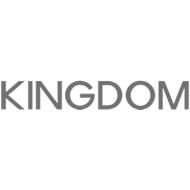
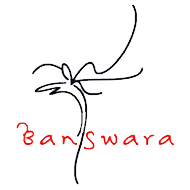
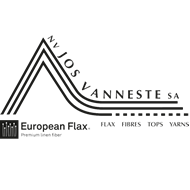
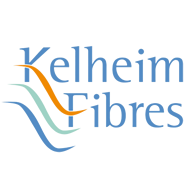
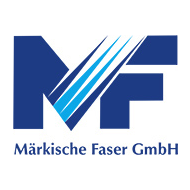


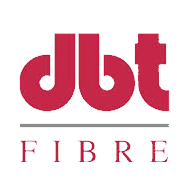
Filofibra Pazarlama A.Ş.
FILOFIBRA Pazarlama A.Ş. has been providing service to Turkish Textile market in the sale of fiber, yarn and fabric in Istanbul since 1986.
Address
-
Filofibra Pazarlama A.Ş
-
Levent Cad. Sülün Sok. No: 34 1. Levent, Istanbul
-
Tel : +90 212 283 3860/ 9 Hat
-
Fax : +90 212 283 3859
-
Email - This email address is being protected from spambots. You need JavaScript enabled to view it.
Address Abroad
-
Filofibra SA
-
Riva Caccia 1 / A Central Park Bldg. 6900 Lugano / Switzerland
-
Tel - +41 91 985 78 11
-
Fax - +41 91 985 78 08 - 09 - 10
-
Email - This email address is being protected from spambots. You need JavaScript enabled to view it.


